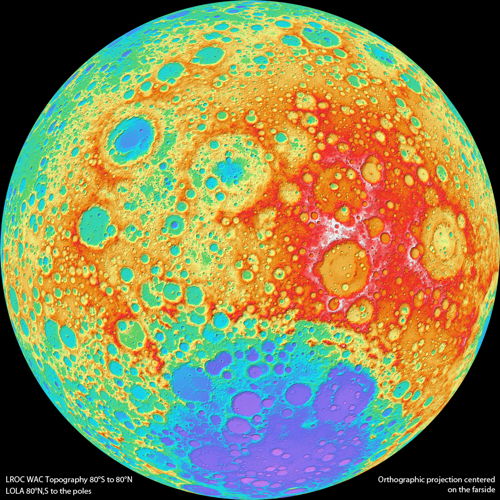 Last week I received in the mail a review copy of Derek Hayes’s latest book, the Historical Atlas of Washington and Oregon. Now, except for a day trip to Mount Baker in 1993, I haven’t so much as visited either state, so my review is not as informed as a local’s could be. What I can say is that this is the latest in a series of historical atlases by Hayes, whose previous works include historical atlases of North American railroads, California and the U.S. in general, among others. It’s an attractive and reasonably priced hardcover, densely packed with contemporary maps.
Last week I received in the mail a review copy of Derek Hayes’s latest book, the Historical Atlas of Washington and Oregon. Now, except for a day trip to Mount Baker in 1993, I haven’t so much as visited either state, so my review is not as informed as a local’s could be. What I can say is that this is the latest in a series of historical atlases by Hayes, whose previous works include historical atlases of North American railroads, California and the U.S. in general, among others. It’s an attractive and reasonably priced hardcover, densely packed with contemporary maps.
On that point: Hayes uses actual, contemporary maps to describe the period. This differs from what I usually expect from historical atlases, which use modern cartography to display historical information. I’m not entirely convinced of Hayes’s method: contemporary maps may not necessarily be accurate; and they’re frequently reproduced at a scale too small to be of any informative use; and the map needed to tell a story may not always be available. But when considered as a thematically and chronologically organized collection of antique maps, it works very well indeed, though I think several subjects, such as the period before European (or as Hayes puts it, “EuroAmerican”) contact, get short shrift.
Still, I cannot emphasize enough the wealth of cartography on display here (Seattle, Tacoma, Portland and the Pacific Northwest rail lines get particularly lavish treatment); this is the sort of thing that would do well as an iPad app or enhanced ebook, where you could zoom in to a full-scale reproduction of all these maps.


